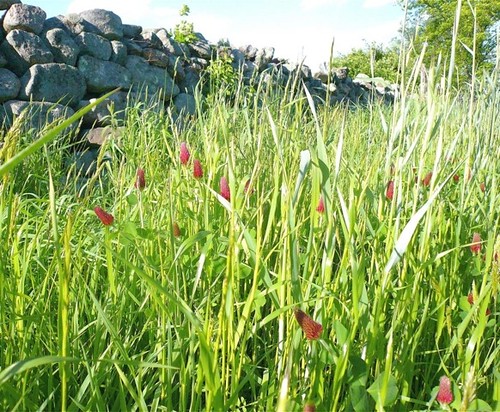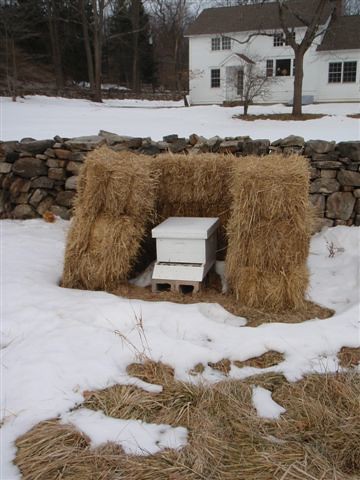When Dina Brewster’s grandparents bought their place in Ridgefield, Connecticut, in 1936, the town was dominated by small farms. Many of those farms eventually disappeared to development, or were leased or abandoned. But now some are being revitalized—sometimes, as in Brewster’s case, by the grandchildren of the original owners.
Brewster is the first family member to farm the homestead since her grandmother ran it as a sheep farm. After her grandparents stopped farming, the land lay fallow for years and then was leased to another farmer. Brewster took over the farm in 2006 and set about converting it to a certified organic operation.

On her farm, The Hickories, she raises fruits, vegetables and livestock on about 15 acres. Brewster sells her produce wholesale, at a roadside farm stand and as shares to community members. This year she expects to sell about 225 such community supported agriculture (CSA) shares, and demand continues to grow. CSA shareholders not only receive weekly boxes of healthy goodies but also are offered opportunities to participate in planting, pick-your-own harvesting and other farm events.
When Brewster returned to her family’s farm after spending time as a Peace Corps volunteer and as a teacher, there were very few models for starting an organic CSA from the ground up. She learned the business through workshops, research and hard work.
Along the way, Brewster has benefited from the expertise and programs available through USDA’s Natural Resources Conservation Service (NRCS). Bringing the old farm with its sloping fields back into production was a challenge until she teamed up with local NRCS conservationists, who provided practical advice (e.g., plant raspberries instead of row crops to help prevent erosion) and connected her to valuable conservation programs like the Environmental Quality Incentives Program (EQIP).
Through EQIP, particularly its organic and high tunnel initiatives, Brewster has adopted conservation practices such as crop rotation, cover crops, integrated pest management and a seasonal high tunnel that extends the growing season of her produce well into the winter months.
Brewster believes that rebuilding agriculture in suburban areas must be a community effort and regularly hosts farm tours, interns and workshops. Her goal is to make fresh, locally grown food an essential part of community and family life, just as in her grandparents’ time. She wants community members to know their farmer personally, to know where their food comes from.
For more information on EQIP and other NRCS programs, visit our Web site.
Check out more conservation stories on the USDA blog and find information on the Know Your Farmer, Know Your Food initiative.
Follow NRCS on Twitter.



